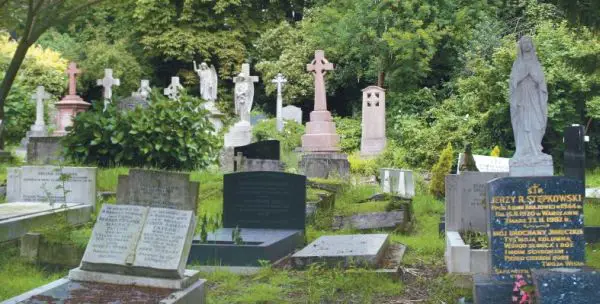The Victorian period from 1837-1901 was an age when customs and practices relating to death were enormously important. The Victorian treatment of death and dying has even been dubbed a cult of death, evidenced by a profusion of icons and rituals that were contrived to express grief and to honor the recently departed.

Life expectancy was low in Victorian times
Death was a commonplace occurrence in the Victorian Age. Three of every twenty babies died before their first birthday, and those who survived infancy had a life expectancy of only forty-two years. Death would take place most often in the home. When a death occurs, the entire house stops and took up deep mourning. Windows were closed. Clocks were stopped. Mirrors were covered.
Bodies would be stored in homes until they were buried. Rules and regulations of what was proper were decided in every aspect of life, including that of proper death procedures and funeral rites. It was considered quite a scandal if any of the rituals were broken. The Procession to the burial site was a spectacle.
Until the 1870’s, funerals and their processions were elaborate and expensive. Victorians having to secure a decent burial for family members was characteristic of all classes in Victorian society, even if it meant hardship for the surviving family members. The ultimate disgrace was to be assigned a pauper’s grave. Some would even hire mourners, called mutes to follow the procession and weep.
Use of Black mourning dress
Mourning attire was a distinct way to show wealth and status. A household would often command the entire household to dress in mourning in black. Middle and lower class women would go to great lengths to appear fashionable in times of mourning. Dying clothing black and then bleaching them out again was quite common.
Mourning attire was essentially localized on the widow. It was intended to neutralize all interactions of the widow with society just as the Queen had done. It was expected that a widow would never leave her home without full black attire and a weeping veil for the first full year. Her social agenda was church-related only.
see more about Funeral Invitations